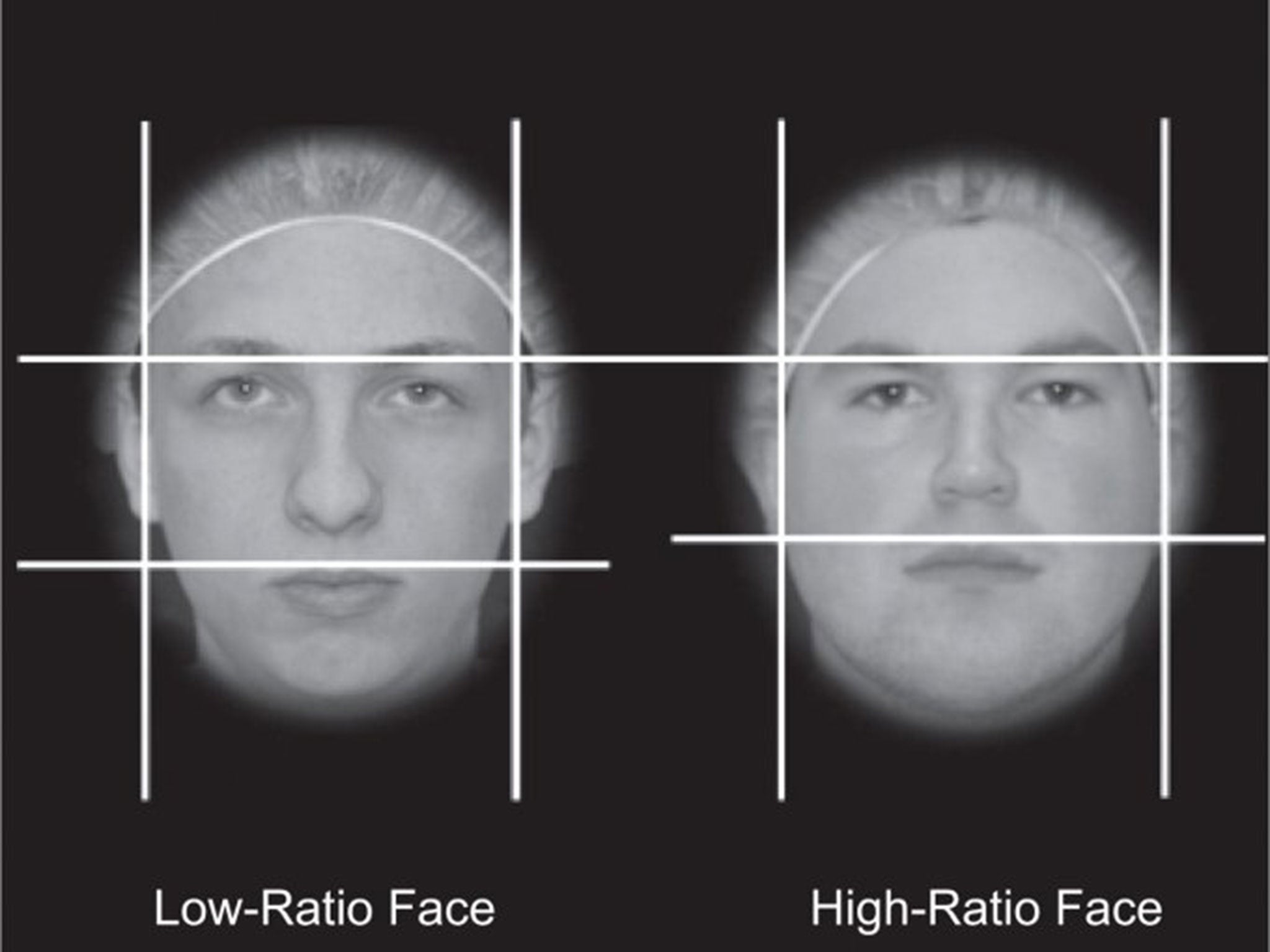Footballer's facial structure can predict how many goals they are going to score – and how many fouls they commit, scientists claim
Scientists at the University of Colorado Boulder studied the facial-width-to-height ratio (FWHR) of 1,000 players who took part in the 2010 World Cup

A footballer's facial structure could offer a key insight into how likely he is to score goals and commit fouls, researchers have claimed.
In research that could prove revelatory to football scouts across the world, scientists at the University of Colorado Boulder have studied the facial-width-to-height ratio (FWHR) of some 1,000 players who took part in the 2010 World Cup.
The results, published in the Adaptive Human Behavior and Physiology journal, suggested forwards and midfielders with a higher FWHR were more likely to foul opponents, while the forwards were also more likely to score goals or make assists for others.
Previous research has shown a higher FWHR may be associated with more aggressive behaviour, although some studies did not find a correlation with such behaviour in certain populations.
Lead author of the latest study Keith Walker, postdoctoral researcher in the CU-Boulder Department of Psychology and Neuroscience, said: "Previous research into facial structures of athletes has been primarily in the United States and Canada.
"No one had really looked at how facial-width-to-height ratio is associated with athletic performance by comparing people from across the world."
The team at Colorado Boulder chose to study players from 32 countries at the 2010 World Cup as a way of assessing whether there was a link between FWHR and aggression across the globe.
Mr Welker said: "There are a lot of athletic data out there.
"We were exploring context to look at aggressive behaviour and found that the World Cup, which quantifies goals, fouls and assists, provides a multinational way of addressing whether facial structure produces this aggressive behaviour and performance."
A number of theories have been put forward as to why the facial-width-to-height-ratio of a person could have an impact on their levels of aggression, including the suggestion that it is related to exposure to testosterone, which can affect physical traits, earlier in life.
Subscribe to Independent Premium to bookmark this article
Want to bookmark your favourite articles and stories to read or reference later? Start your Independent Premium subscription today.

Join our commenting forum
Join thought-provoking conversations, follow other Independent readers and see their replies